Artisan Bread Dough Master Recipe
This Artisan Bread Dough Master Recipe is the easiest way to make dough for dozens of artisan bread recipes.
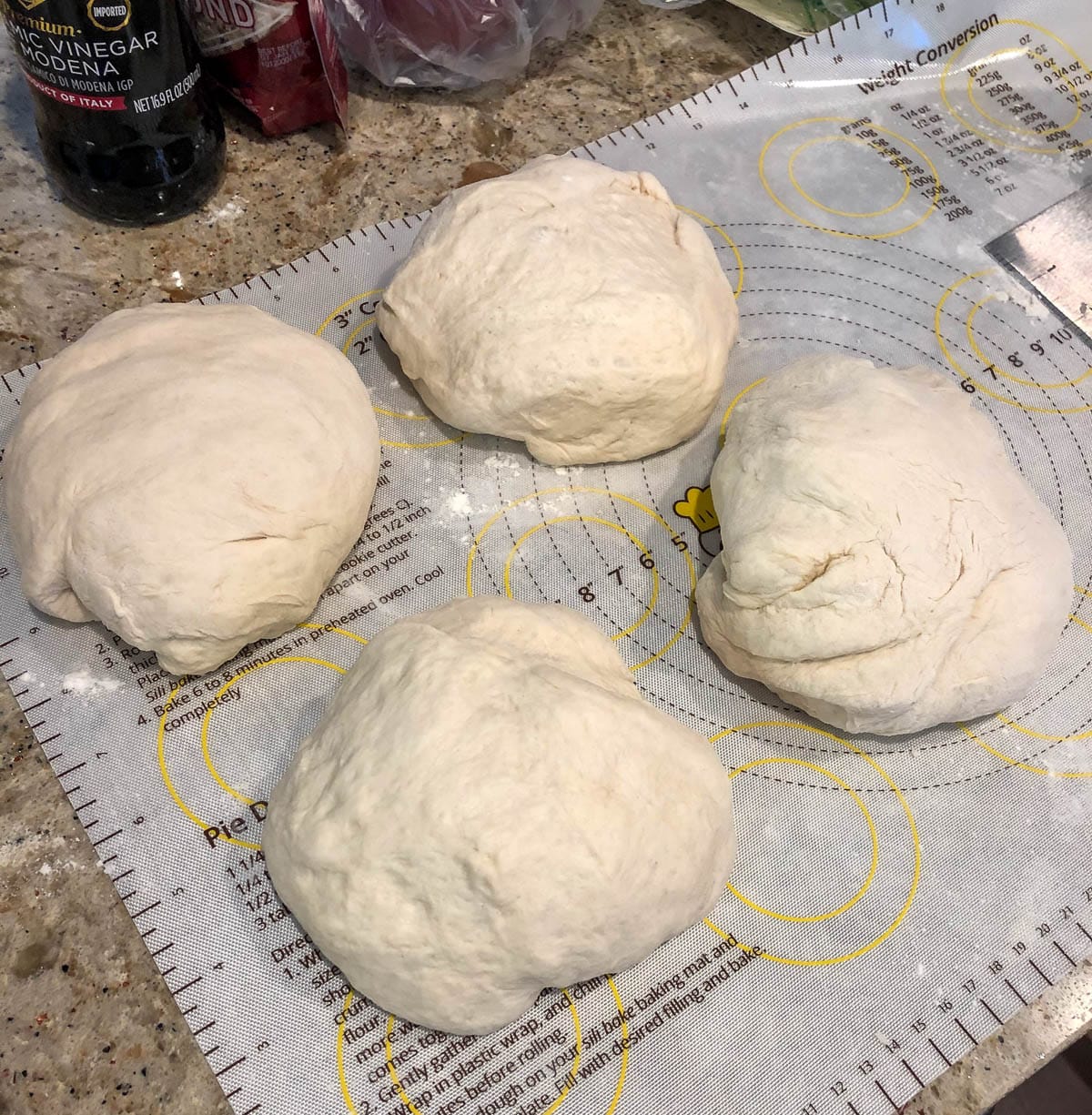
This artisan bread dough master recipe serves as the starting point for many delicious bread-based recipes. With this dough, you can make focaccia with fresh rosemary, pizza dough, baguettes, breadsticks, naan, pita and even pretzels!
I’ve previously posted recipes for my homemade bread dough and homemade pizza dough, but I was looking for one dough recipe that I could use as a starting point to make a bunch of different bread recipes. And this is it!

If you are fortunate enough to own a stand mixer with a dough hook, you can use it instead of doing it by hand.
Done properly you should not notice a difference in the final product. I don’t often have a lot of spare time on my hands so I use my stand-mixer 99% of the time.
If you do decide to make the dough by hand, it will be a lot easier if you use a Danish Dough Hook (or danish dough whisk) to mix your dough. You can get them on Amazon, not expensive, and really does a great job getting the dough just perfect!

The kneading and proofing process when making bread dough is critical. The ensure the final product turns out perfectly, make sure you follow the instructions precisely. Any deviation may cause inconsistent results.
Tips
- Instead of using a towel or plastic wrap to cover the bowl for the proofing process, you can use a shower cap! The elastic in the cap helps seal the dough and they can be washed and re-used!
- To make clean-up even easier, spray a little non-stick spray on the underside of the cap so the dough doesn’t stick to it.

The bottom line is if you don’t have a Danish Dough Whisk (Hook), Do yourself a favor and buy one. Super cheap and does a great job bringing your dough together. You can thank me later.
Gather your Ingredients
You will need the following ingredients to make this Artisan Bread Dough Master Recipe (see recipe card for quantities): Bread Flour, Yeast, Kosher Salt and Water.
How to Make Artisan Bread Dough Master Recipe
- In a large mixing bowl, add the flour, yeast and salt. Mix to combine.
- Pour in the water and stir together until just moistened. Beat 40 strokes, scraping the bottom and the sides of the bowl, until the dough forms a lumpy, sticky mass.
- Cover the bowl with plastic wrap and let rise at room temperature for 2 hours or until the dough has risen nearly to the top of the bowl and has a sponge-like appearance.
- Use the dough immediately or place the dough, covered with plastic wrap, in the refrigerator for up to 9 days before baking.

Artisan Bread Dough Master Recipe
Equipment
- Bowl for Mixing
Ingredients
- 6 ½ Cups Bread Flour
- 1 ½ Tbsp Active Dry Yeast
- 1 ½ Tbsp Kosher Salt
- 3 Cups Water, about 100°F
Instructions
- In a large mixing bowl, add the flour, yeast and salt. Mix to combine.
- Pour in the water and stir together until just moistened. Beat 40 strokes, scraping the bottom and the sides of the bowl, until the dough forms a lumpy, sticky mass.
- Cover the bowl with plastic wrap and let rise at room temperature for 2 hours or until the dough has risen nearly to the top of the bowl and has a sponge-like appearance.
- Use the dough immediately or place the dough, covered with plastic wrap, in the refrigerator for up to 9 days before baking.
Nutrition
Nutritional information provided for this recipe is based on 1 serving. This information is an estimate and may vary based on several factors. If nutritional information is important to you and your diet, please verify this recipe with a Registered Dietitian.



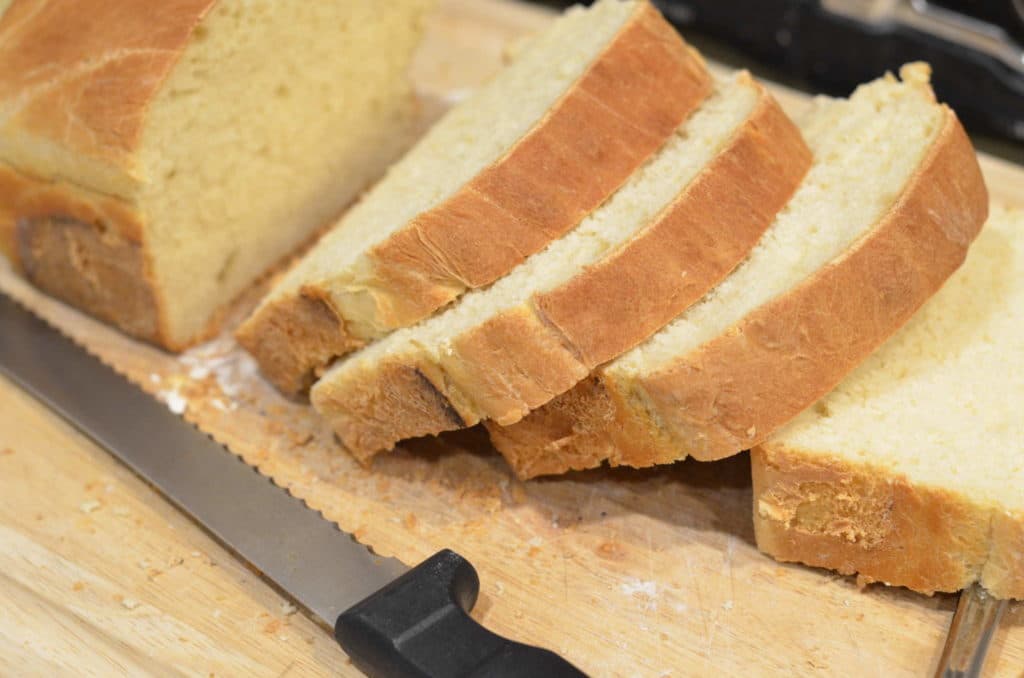

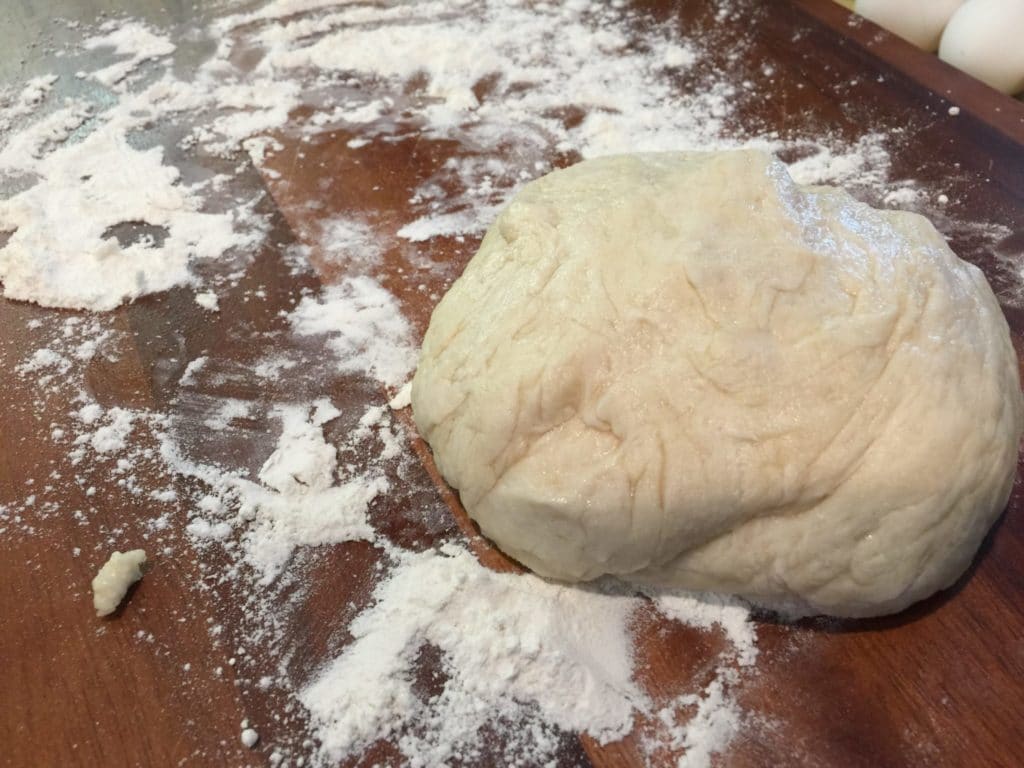
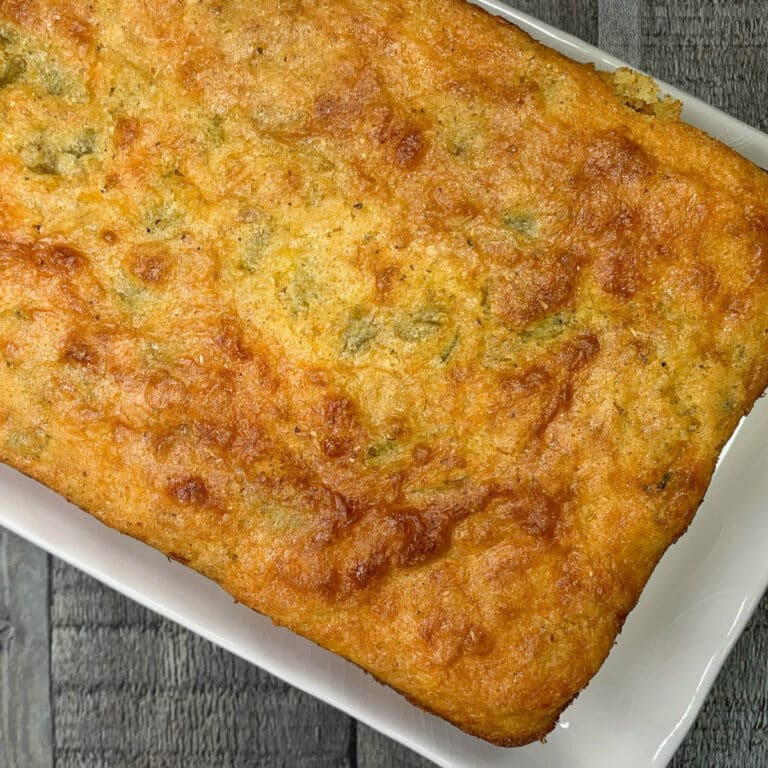
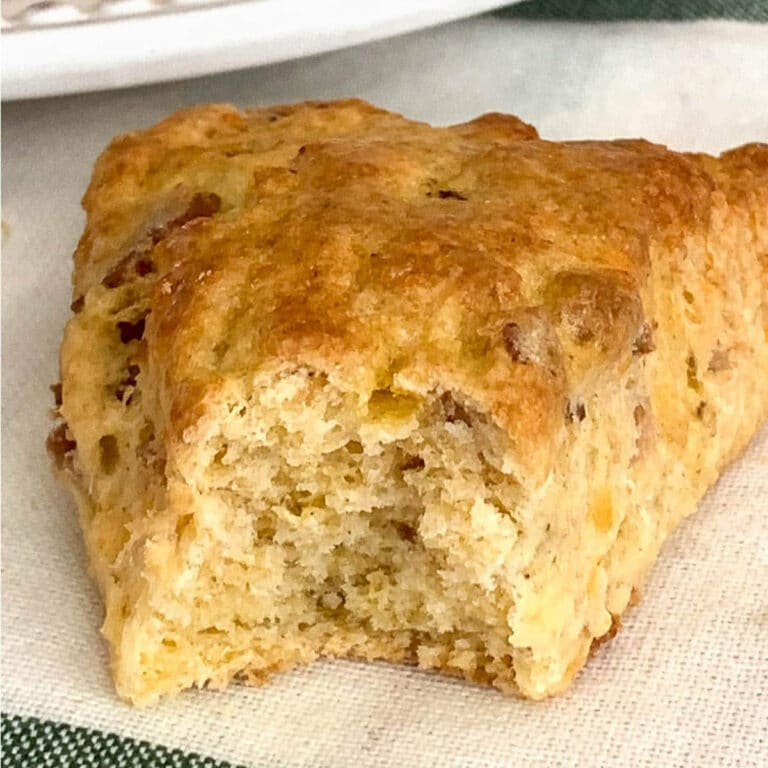

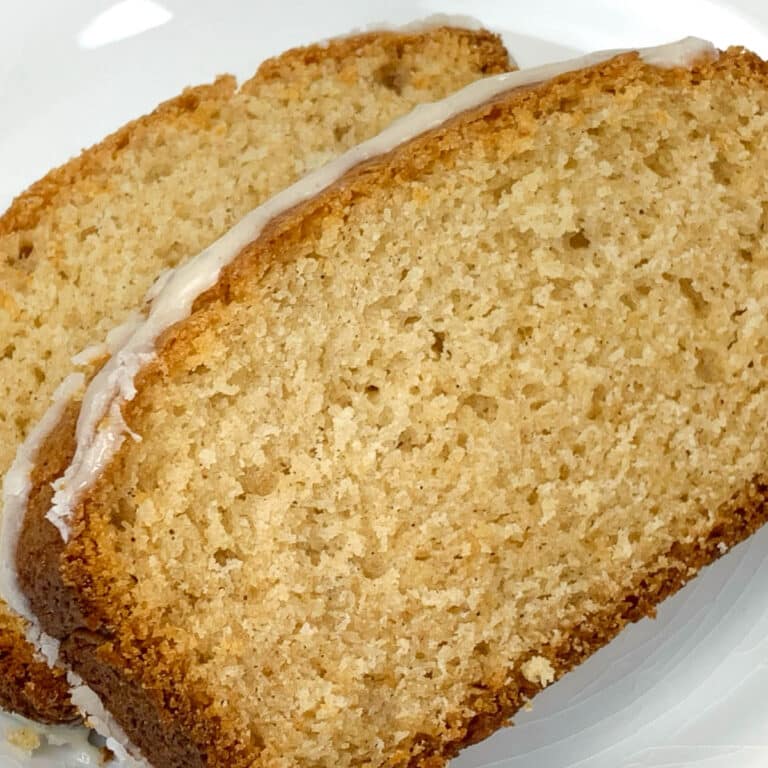


Love this bread dough recipe. I have used it to make a few different kinds of bread. Always turns out great